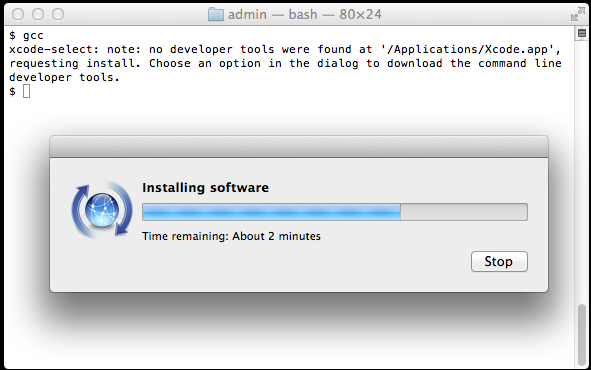DMG files are proprietary disk image files used for software distribution in Mac OS. Providiing both password protection and bzip2-like compression, these files are perfect packaging medium.
A DMG file is Apple's equivalent of an ISO installation file or disk image. It usually contains all the information required to install a program on a Mac computer running Mac OS X or macOS. It is also a container to hold macOS installation image. If you want to create a bootable macOS bootable disk, the first step is to burn DMG to USB or DVD. Jul 20, 2017 DMG files are mounted by your system, like a sort of virtual hard drive. When you’re done installing the application, it’s a good idea to unmount the DMG in Finder when you’re done installing: just click the “Eject” arrow. Then you can feel free to delete the original DMG file: you don’t need it anymore.
If you want to script the install it requires a few more steps since the name of the.dmg file, the name of the Volume created, the name of the application, and the name of the device that needs to be detached can all be different. Plus they can have spaces in them. Mar 03, 2018 Choose the appropriate command line (in red) depending upon what OS X installer you want. Set the Format type to Mac OS Extended (Journaled.) Click on the Apply button and wait for the Done button to activate. When it does click on it. Question: Q: How to make El Capitan install.dmg file bootable More Less. Apple Footer. Nov 18, 2019 The software you download for your Mac in a DMG format can be opened like any other file on a Mac, and then the setup program can be run to install the software. How to Open a DMG File in Windows A DMG file can certainly be opened in Windows, but that doesn't mean you can actually use anything you find within it. Goes to your Desktop folder. Grabs DarwinPorts from the opendarwin site. Mounts the dmg. Goes to the newly mounted DarwinPorts volume. Installs the package, targeted to the root, as the root user. Ejects the mounted disc image.
Usually DMG files are opened automatically when you click them in Finder. They appear as a folder with files, but actually Finder mounts each DMG file as a separate filesystem and then shows you its contents. If you're observant enough, you'll see that in the left side panell of Finder you have all the active DMG filesystems listed and ready to be ejected once you finish copying the files or installing new software.
Sometimes you may want to download and mount DMG file using Mac OS command line, and in this post I'll show you how to do it
Why would you want to mount DMG files manually?
I've been business traveling quite a bit lately which means I'm most of the time away from my home computer. Naturally, I have configured Remote Desktop access so that I can use my iPad to access my desktop whenever I need, but sometimes it takes forever to do some simple things just because of the graphics environment overhead.
If you're like me, you'll probably find Remote Desktop over 3G to be pretty boring, and will want to do as much as you can via command line.
Mounting DMG with hdiutil command
In order to manually mount DMG file, you'll need to use hdiutil command. You don't have to be a privileged user, so can do it as your own user.
For this example, I'm going to use the command line interface (CLI) for the excellent HandBrake tool, which is great for converting all sorts of videos into iPad and iPhone friendly resolution and mp4 format
Let's mount the image from my dmg file:
As you can see from this output, the mount was successful and you now have the filesystem from DMG package available under the /Volumes/HandBrake-0.9.8-MacOSX.6_CLI_x86__64 directory.
Don't want to to take my word for it? Let's use the standard mount command to confirm that indeed we now have an new filesystem mounted:
Ejecting mounted DMG images from command line

Once you are done with whatever you were trying to do, there's no longer a reason to keep your DMG image mounted, so you should unmount it. While it's possible to use umount command, I think it makes more sense if you use the same hdiutil tool that helped you mouunt the DMG image in the first place.
Mac Install Dmg File Command Line Parameters
Here's how you can eject the DMG image using hdiutil:
Mac Install Dmg File Command Line Arguments
That's it for today, hope you liked the post! Let me know!